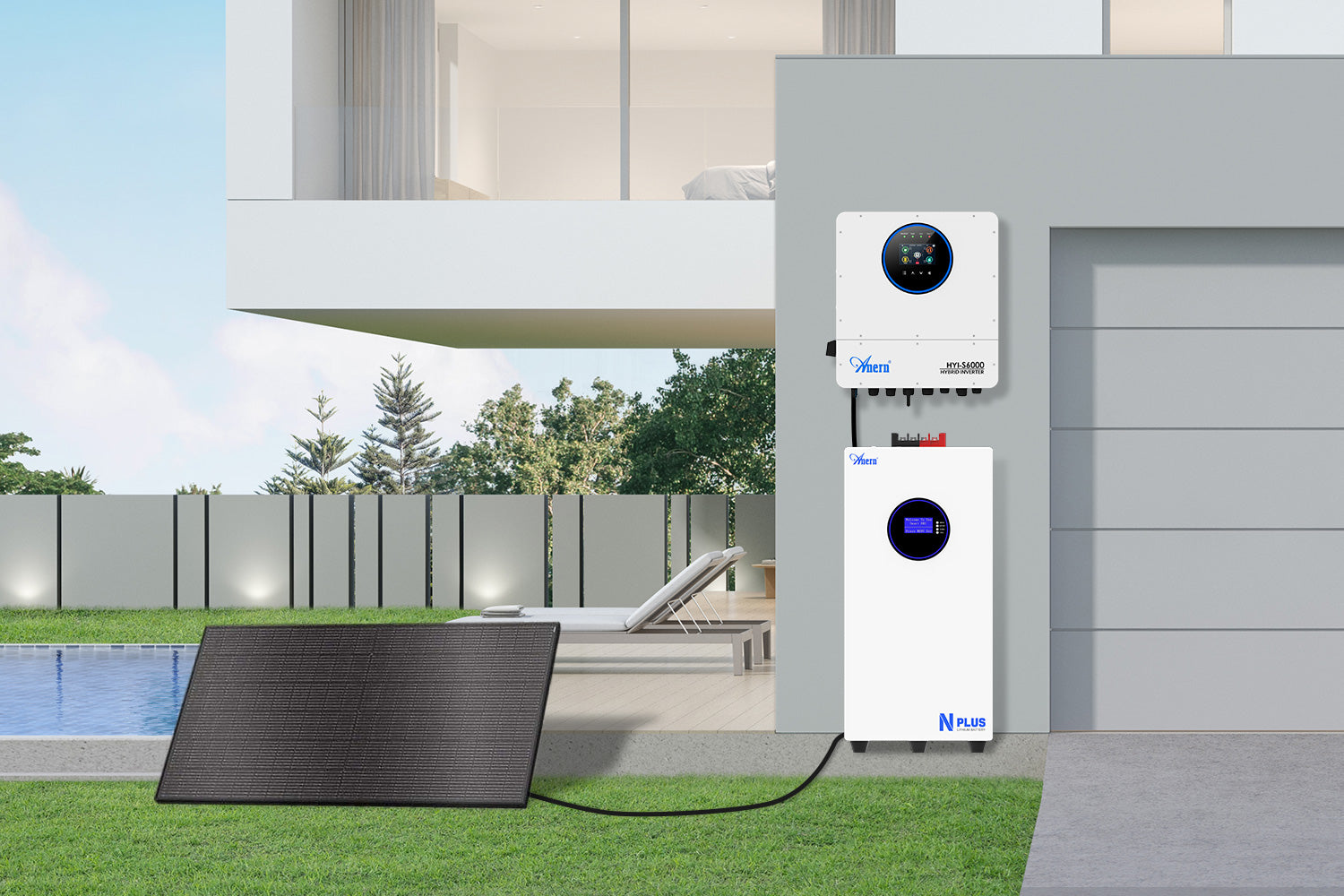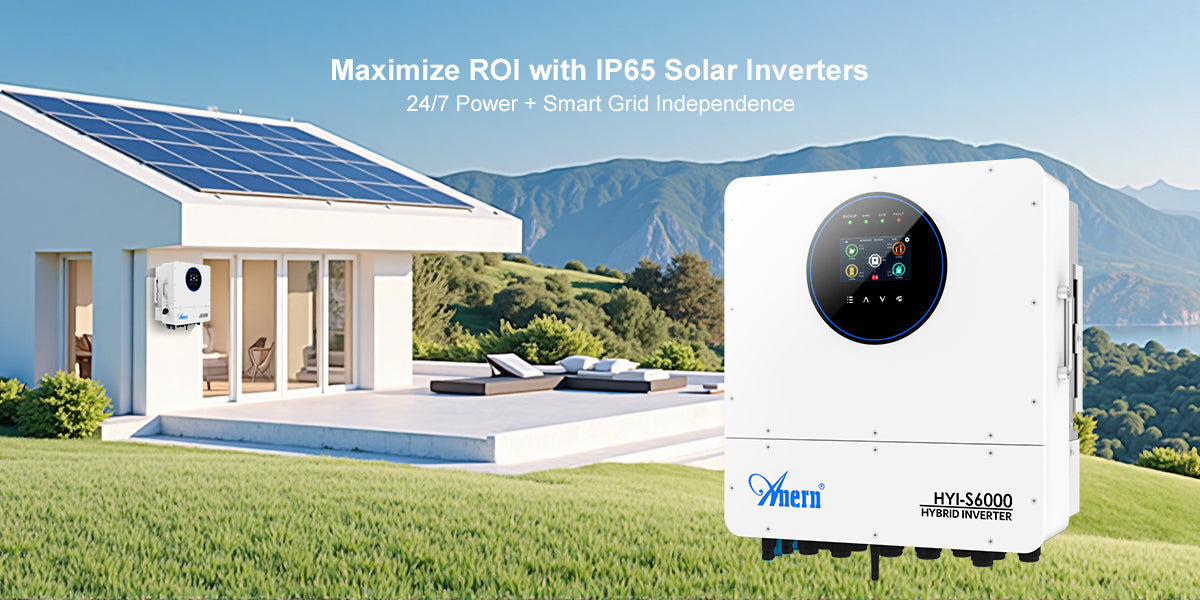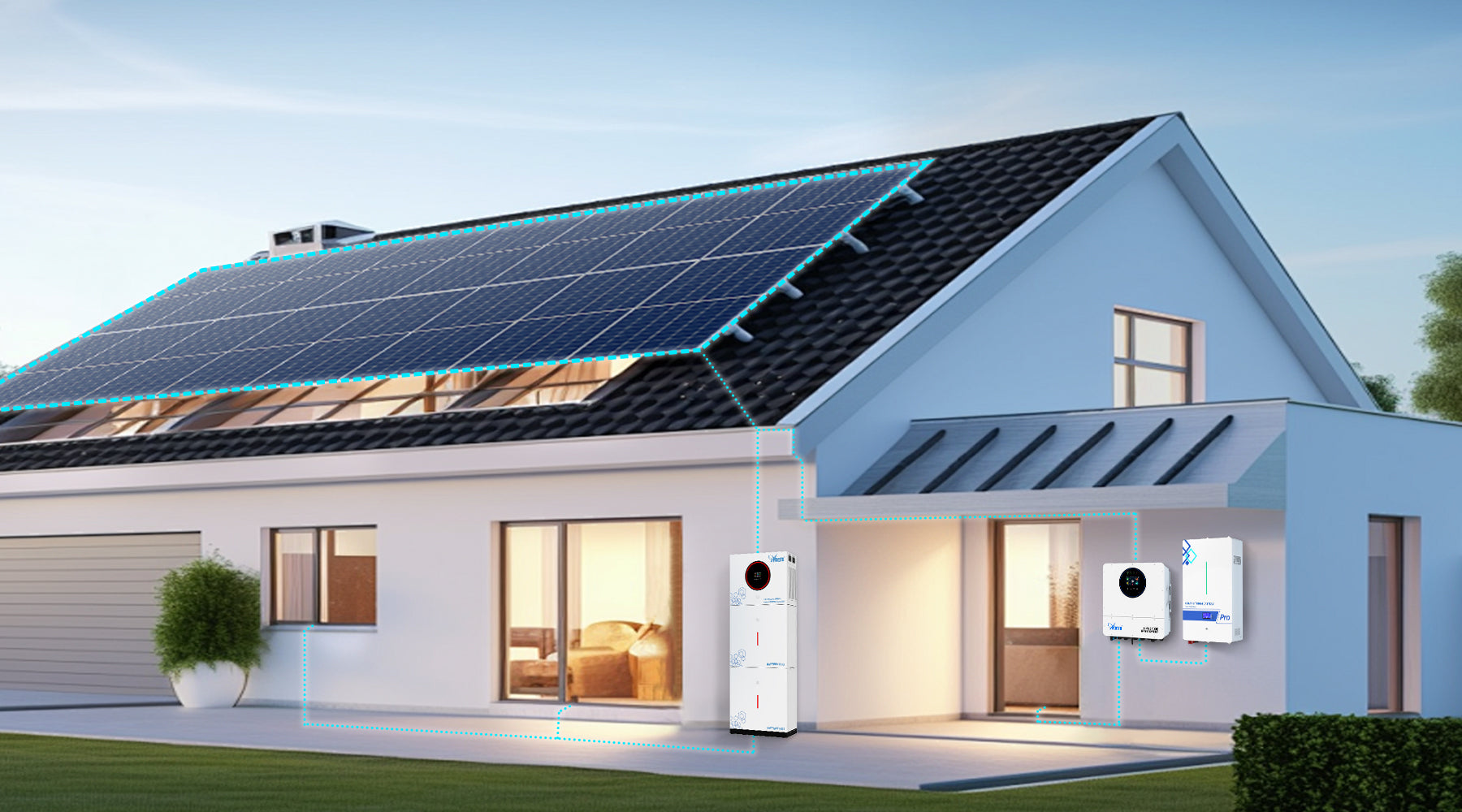Achieving energy independence is a significant goal for many homeowners and businesses today. A solar energy storage system (ESS) is a key technology for reaching this objective. By integrating solar power generation with energy storage, you can significantly increase your self-consumption of renewable energy, reduce reliance on the grid, and gain greater control over your electricity supply.
Understanding Self-Consumption in Solar Systems
Solar photovoltaic (PV) systems generate electricity when the sun shines, often during midday when household demand might be lower. Without an energy storage system, any excess electricity you produce is typically fed back into the grid. You might receive credits or payments for this excess energy through mechanisms like Feed-in Tariffs (FiTs) or Net Energy Metering (NEM). However, maximizing self-consumption means using as much of your self-generated solar power as possible directly within your home or business, rather than exporting it to the grid.
The Challenge of Variable Solar Production
Solar PV and wind are variable resources. Their production does not always align with a consumer's demand. This means you might have surplus energy at certain times and unmet demand at others. For instance, solar panels produce most of their energy during daylight hours, while peak electricity consumption in many households often occurs in the evening. This mismatch creates a need for solutions that can store excess energy for later use.
Why Maximize Self-Consumption?
Maximizing self-consumption offers several advantages. It can reduce the amount of electricity you purchase from the grid, especially during peak pricing periods. It can also provide a buffer against rising electricity costs and enhance your energy security. The International Energy Agency (IEA) highlights that maximizing self-production can create a positive effect in the residential sector, especially in temperate climates, by encouraging more efficient use of solar energy rather than solely relying on selling surplus back to the grid.
The Role of an Energy Storage System (ESS)
An ESS, particularly a battery storage system, plays a pivotal role in optimizing solar self-consumption. It captures surplus solar energy when generation exceeds demand and stores it for later use when solar production is low or absent, such as during the evening or on cloudy days. This capability significantly enhances your energy independence.
Components of a Solar ESS
- Lithium Batteries: Lithium Iron Phosphate (LiFePO4) batteries are a popular choice for solar ESS due to their high performance, safety, and reliability. They offer excellent cycle life and deep discharge capabilities, making them suitable for daily cycling in solar applications.
- Hybrid Inverters: These advanced inverters manage the flow of energy between your solar panels, batteries, home loads, and the grid. They convert direct current (DC) from solar panels and batteries into alternating current (AC) for household use. Many modern inverters also allow for intelligent energy management, prioritizing self-consumption.
- Solar Panels: These convert sunlight into electricity, forming the primary generation component of the system.
How an ESS Boosts Self-Consumption
An ESS allows you to store excess solar energy instead of immediately exporting it. This stored energy then powers your home when solar generation is insufficient, reducing your reliance on grid electricity. For example, during sunny afternoons when solar production peaks, you can charge your batteries. Then, in the evening, when solar production drops but your household's electricity demand rises, you can draw power directly from your batteries. This shift in energy usage can significantly increase your self-sufficiency.
Consider a typical residential scenario:
| Time of Day | Solar Production | Household Demand | Without ESS | With ESS (ANERN) |
|---|---|---|---|---|
| Morning (6 AM - 9 AM) | Low | Moderate | Purchase from Grid | Purchase from Grid / Partially from Battery (if charged) |
| Midday (10 AM - 3 PM) | High | Low | Feed-in to Grid | Powering Home, Charging Battery |
| Evening (4 PM - 9 PM) | Low/None | High | Purchase from Grid | Powering Home from Battery |
| Night (10 PM - 5 AM) | None | Low | Purchase from Grid | Powering Home from Battery / Partially from Grid |
This table illustrates how an ESS shifts energy consumption, reducing grid reliance during peak demand periods. The IEA notes that installing battery storage systems with distributed solar PV can effectively increase self-consumption and reduce reverse power flows into the local grid by shifting produced energy.
Achieving Energy Independence with Solar + Storage
Energy independence means having the ability to generate and store your own electricity, lessening your dependence on external energy sources and fluctuating utility prices. A well-designed solar ESS brings you closer to this goal.
Reliable and Scalable Energy Solutions
Our experience in the solar industry has shown us the importance of reliable and scalable energy solutions. We focus on developing comprehensive ESS that combine high-performance lithium batteries with integrated inverters and solar panels. This approach ensures you have a robust system that can grow with your energy needs. For off-grid scenarios, such as farms or remote cabins, a solar ESS offers a complete, standalone power solution.
Economic and Environmental Benefits
Beyond energy independence, a solar ESS offers tangible economic and environmental advantages. By maximizing self-consumption, you reduce your electricity bills. You also contribute to a cleaner energy future by increasing your use of renewable power and decreasing your carbon footprint. The IEA emphasizes that solar power enhances energy diversity and hedges against the price volatility of fossil fuels, stabilizing electricity generation costs long-term.
Moving Towards a Self-Sufficient Energy Future
The integration of solar PV with energy storage is a critical step in transforming how we power our homes and businesses. This shift empowers you to take control of your energy consumption, reduce your environmental impact, and build a more resilient energy system. As the costs of solar PV continue to fall, and battery storage technologies advance, achieving greater self-consumption and energy independence becomes increasingly accessible. For example, between 2008 and 2015, the average cost of solar PV decreased by almost 80%.
By investing in a solar ESS, you are not just installing a system; you are securing a future with reliable, sustainable, and independent energy. We are committed to providing the robust solutions that help you achieve your energy independence goals.





Leave a comment
All comments are moderated before being published.
This site is protected by hCaptcha and the hCaptcha Privacy Policy and Terms of Service apply.